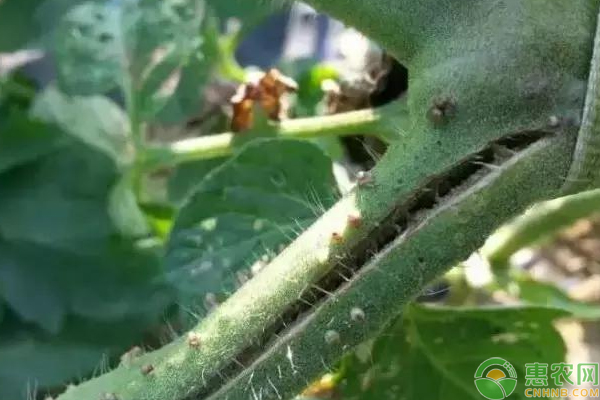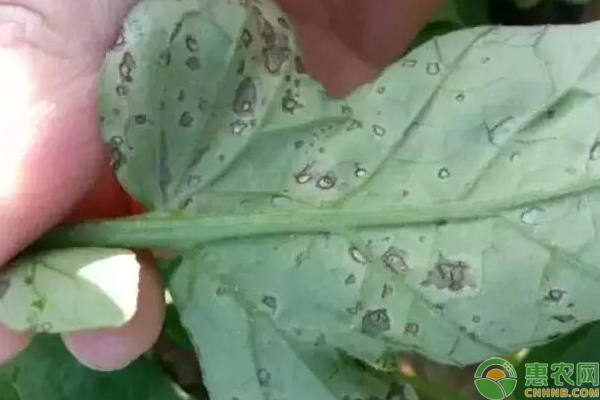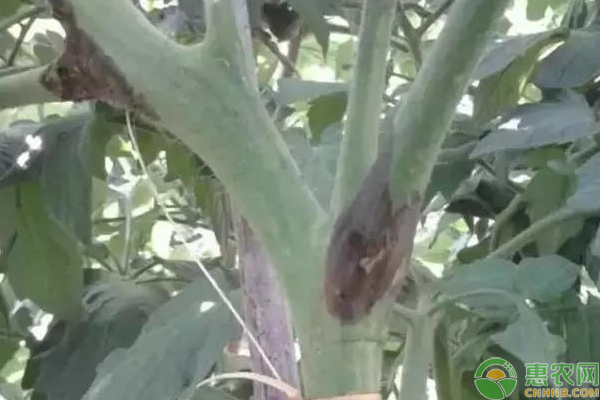Tomato planting common problems and solutions summary
As we all know, tomatoes are both vegetables and fruits. There are a lot of eating habits everywhere, and the consumption is large, both in rural areas and in cities. I have planted in many places in China. I think you must have encountered many diseases and insect pests during the planting process. So how do you deal with it? Xiaobian sorted out the common problems of tomato planting, to see if you have encountered it, and know that you can get the right medicine. The problem in tomato cultivation, you come to ask, I will answer! Let's take a look! Frequently Asked Questions 1: The temperature has been low for more than 20 days, and it is finally fine today. The leaves of the tomato are very thin. When you see the sun, how can you manage it? Diagnosis: Physiological disorders. The grass is too fast, causing flashing. Because even after a cloudy day, suddenly clear, crop transpiration is intensified, there will be temporary water loss, and even wilting. Solution: On the first day of the sunny day, the crop is too weak. It is not recommended to fight drugs or water. The seedlings should be properly shaded and gradually see the light. If the greenhouse is planted, the grass curtains should not be opened immediately. They should be opened one after another to allow them to adapt. And the ventilation time should not be too long. After the temperature rises in the morning, the wind will start to be released. If it is found to be wilting, the leaf surface should be sprayed with warm water immediately. Be careful not to play cold water and let it slowly recover. Frequently Asked Questions 2: Tomato stems have cracks and protrusions, and the leaves are wilting. What happened? Diagnosis: Tomato ulcer disease is a bacterial disease. The pathogen infects tomato in a cool and humid environment. High humidity and low temperature are suitable for disease development, mainly through wound invasion, and can also directly invade plants or fruits from the pores or fruit surface. Common fields appear as true leaves from the bottom up. The petiole or hypocotyl is sunken and necrotic, the pith is hollow, and the surface is adventitious or thorny. Solution: Do not apply nitrogen fertilizer or flood irrigation after the onset of disease. The strain should be removed in time. You can use 1200 times of basic copper sulphate (or 800 times of thiazole zinc or 800 times of thiabium copper or 1500 times of quinoline copper). A total of 1200 times of allicin (or 600 times of geranol or 600 times of neutrophin), that is, a copper agent + an antibiotic alternately sprayed once every five days for 3 times. Frequently Asked Question 3: Tomato stalks are black, how is it going? Spread quickly, please help me find out. Diagnosis: The stalks appear brown and large spots, which should be tomato late blight. The temperature difference between morning and evening is large, and low temperature and high humidity are easy to develop. The stem was infected with the disease, and it was initially dark brown lesions, slightly depressed, and the edges were not obvious, and it was irregularly cloud-like. Solution: In the high incidence of late blight, pay attention to prevent in advance, do well in the shed area to prevent moisture and moisture, and timely ventilation and light transmission, regular spray of azoxystrobin, or fine nail cream? Manganese zinc, frost urea? manganese zinc, once found The diseased plant is immediately used with enoylmorpholine, cyanoxazole, ketone, sulphonic acid, cyanide, etc., once every four or five days, and sprayed 2 to 4 times. Frequently Asked Questions 4: The tomato is wilting and is still developing. What is going on? Diagnosis: If it is the first noon, it will recover sooner or later, and it will be like this after a few days. It should be the bacterial wilt. Tomato bacterial wilt is a bacterial disease. At the beginning, there was no other abnormality in the aboveground part, which was a sudden loss of vitality during the day, which was wilting, but it would recover in cloudy and sooner or later, like a healthy plant, but soon after it withered, showing signs of green blight, the progress of this process Very fast. If the browning part of the diseased stem is squeezed by hand, the milky white bacteria liquid is discharged, which must be the bacterial wilt. Solution: Initially available copper ammonia rooting, recommended in the middle and late stages, the soil is disinfected with quicklime, and the use of zhongshengmycin, or leaf azole, agricultural streptomycin, copper preparations, etc., root water prevention, watering and diversion Avoid spreading. Tomato cultivation is common in China, but will you always go well during the planting process? What if I have a disease? If you don't want to grow tomatoes, you can take a look at the common problems and solutions for tomato planting. We are the one of three leading factory in China, specialized in manufacturing laser distance module since 2004. Bilateral laser distance measurer is one of mutifunctional laser distance device. JRT multifunctional laser measuring device functions include area,distance,length,volume,continuous measurement,addition and subtraction, measuring unit: ft/m/inch. More functions can be customerized. And the laser measuring meter have distance 30/40/60/80/100/150m for chosing. This bilateral degin is our 40m middle laser distance transducer 703A laser measuring meter. Laser Range Finder Measurer,80M Laser Distance Meter,Distance Meter 80M,Laser Distance Meters Chengdu JRT Meter Technology Co., Ltd , https://www.irdistancesensor.com


OEM service:
* usb chargable
* voice
* IP54 rating
* Colorful case